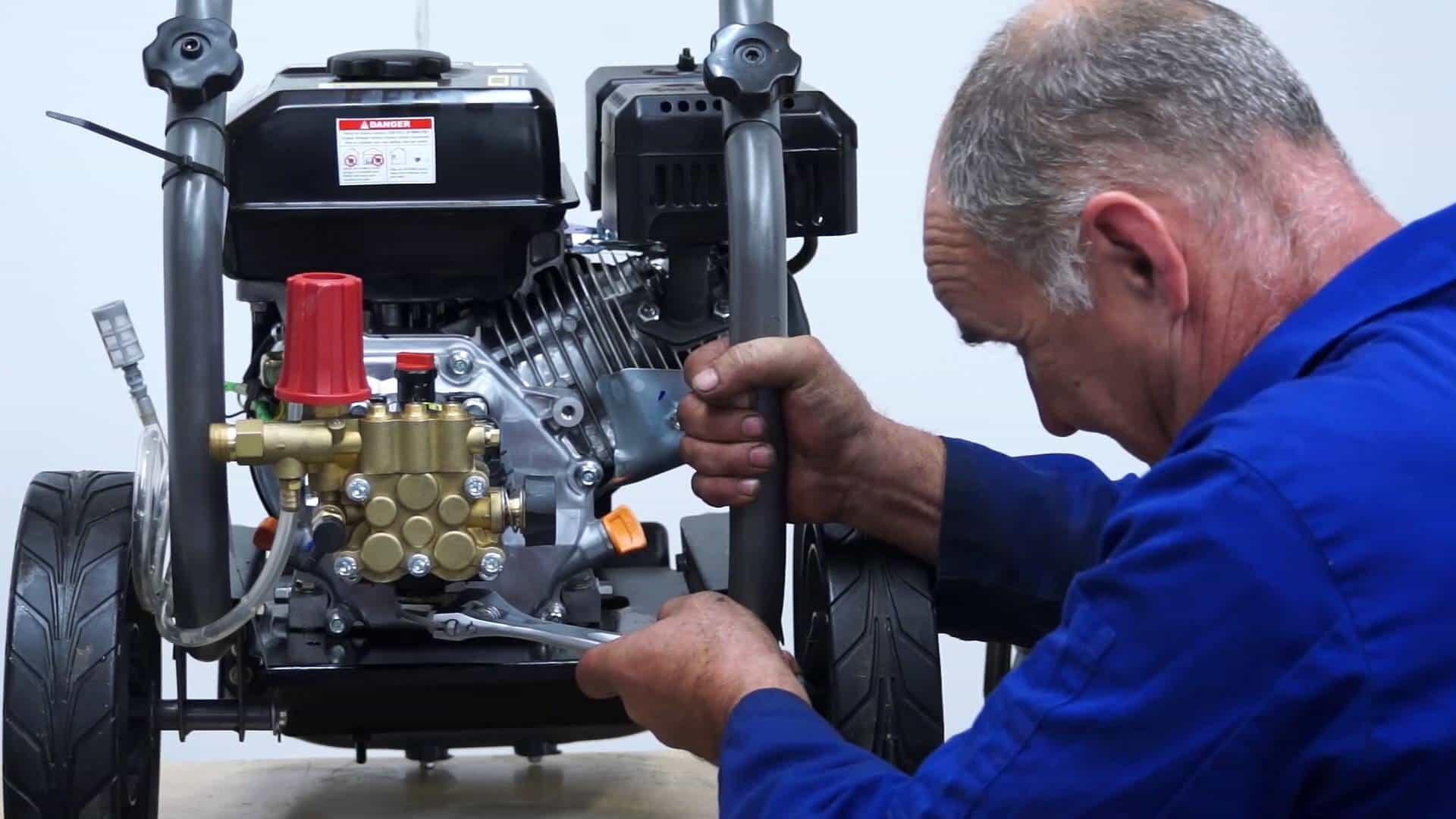If you are going to be using a pressure cleaner for the first time, you need to make sure that you are doing so in the proper manner. The last thing that you want is for things to go wrong and to end up breaking something or getting injured. Down below, we’re going to be looking at some do’s and don’ts for DIY pressure cleaning.
Don’t Underestimate It, Do Prepare Accordingly
One of the things that you should never do is underestimate a pressure cleaner. While you might not think they can be dangerous, even those on the weaker side can still slice through human skin if you aren’t careful. As such, you need to ensure that you are taking the correct precautions and wearing safety goggles, while ensuring your grip on the cleaner is tight. Ensure that the nozzle of the cleaner is always aimed away from any other person, and any pets that may be around. Also, make sure that you get some practice and controlling the washer before you start pointing it at the things that you own to clean them.
We also recommend that you don’t try to use your pressure washer while standing on a ladder or anywhere high up. You may underestimate the power of a pressure washer, with the kickback causing you to fall off and hurt yourself due to lack of balance.
Don’t Use A High PSI For Small Jobs, Do Understand Your Needs
If you’re completing a small, at home job, then there is no need to use a super high PSI. In some cases, you aren’t even going to need a pressure cleaner to complete the job that you are doing, so make sure that it is an appropriate time to be using before you start. The greater the PSI, the greater the power, and you don’t want to be damaging things like your car or the siding of your home simply because you didn’t think about the implications of the PSI you were using.
Don’t Get Too Close To What You Are Cleaning, Do Think Carefully About Safety
You should never have your pressure cleaner less than 1-2 foot away from the thing that you are cleaning. Due to the pressure, in some cases it may well just slice through and cause damage to your items. For example, windows are an excellent example of this. While it is not a common occurrence, pressure cleaners can shatter windows, so you need to be careful about how close you are standing. It’s important to be wearing protective gear though, just in case as you never know what is going to happen.
Now, you should know some of the do’s and don’ts of DIY pressure cleaning. The most important takeaway from this article is that you need to be careful and exercise caution when using a pressure cleaner to avoid yourself or others getting hurt.


